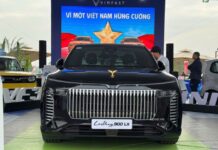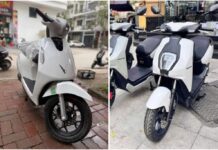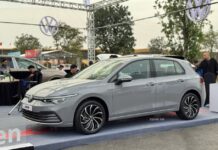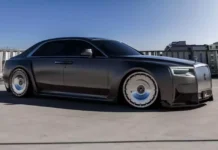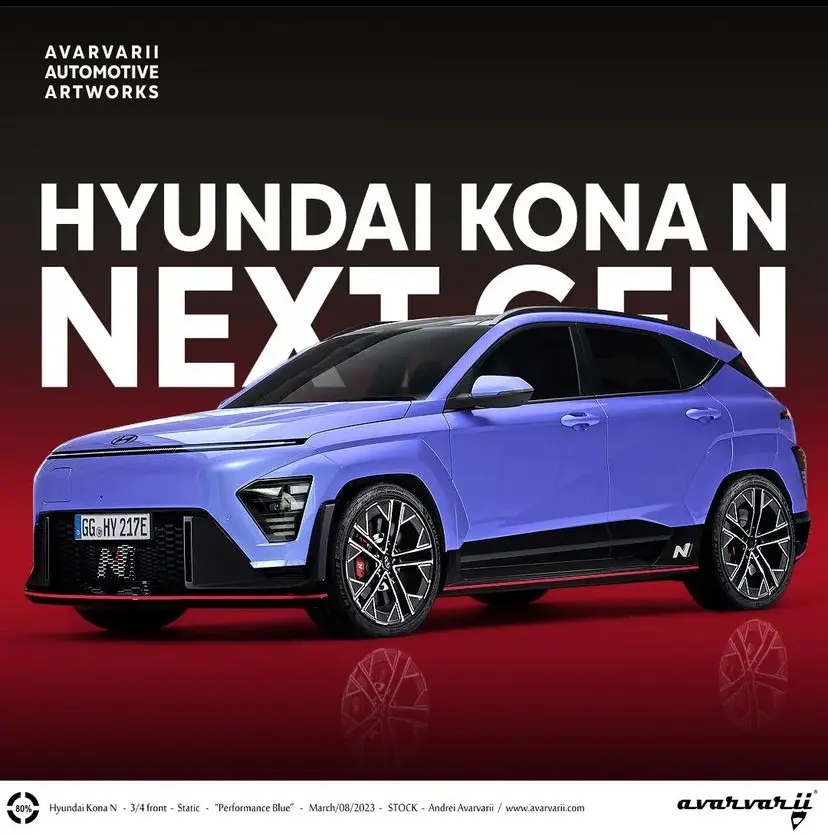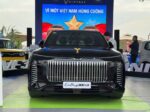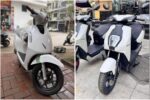At a recent press event in Europe, Hyundai representatives revealed that if the second generation of the KONA N is released, it will be equipped with a fully electric powertrain.
“For the Kona, we are focusing on internal combustion engine, pure electric vehicle (EV), and hybrid powertrains, while also considering a high-performance N version. We have received positive feedback from users and market response to the Ioniq 5 N,” shared a Hyundai representative.
Although this may lead you to think that it could be the end for Hyundai N’s internal combustion engines, it should be clarified that Hyundai designed the new Kona from the start as a fully electric vehicle and then adjusted it to use an internal combustion engine. Therefore, it would be easier for them to create a fully electric N version instead of making room for a larger internal combustion engine.
With the introduction of the IONIQ 5 N – the first N variant of a pure electric vehicle by Hyundai – the Korean car manufacturer made efforts to ensure that the car would provide the driving experience of a high-performance internal combustion engine vehicle.
The new IONIQ 5 N was developed based on the Electric-Global Module Platform of the brand. The car is equipped with a larger 84 kWh battery pack and upgraded electric motors both in the front and rear.
The front electric motor delivers 222 horsepower, while the rear electric motor delivers 378 horsepower. Combined, both motors produce 601 horsepower and can reach up to 641 horsepower in Boost mode, giving the car even more power than the Kia EV6 GT. With this power, the Ioniq 5 N can accelerate from 0-100 km/h in just 3.4 seconds before reaching a top speed of 260 km/h.
Thanks to its fast-charging technology, the Hyundai IONIQ 5 N 2024 can charge the battery from 10% to 80% in just 18 minutes. Drivers can optimize the battery’s performance with Hyundai’s N Battery Pre-conditioning system, which allows them to choose between Drag or Track mode. The car’s N Race feature, with its two unique modes, provides more control over the vehicle’s energy usage.
Trang Nguyen (Forum.autodaily.vn)

